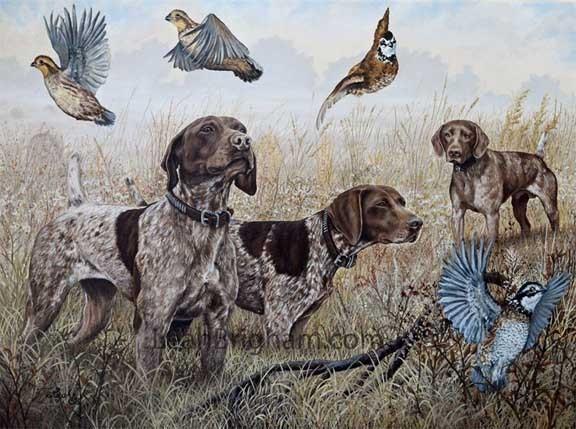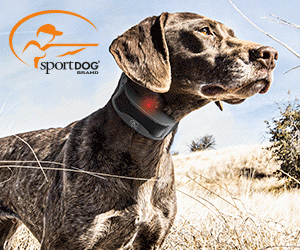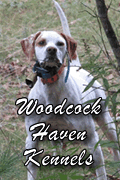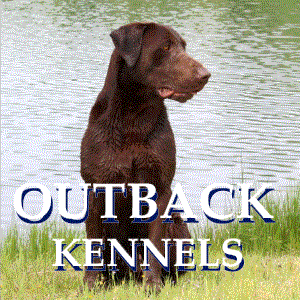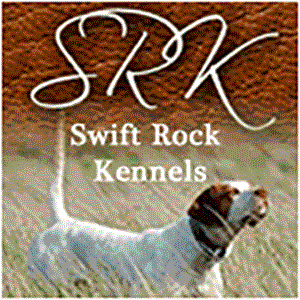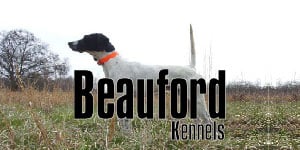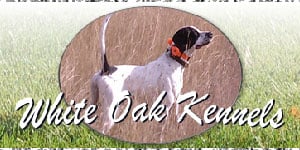War
Charlotte had been a coed at Auburn when she met and soon married Doug, a fellow War Eagle and star on its football squad. Eloise had opposed the union then and ever since though if pressed she would admit Doug had been a good provider and father to his and Charlotte’s three daughters, teens now and bound for Southeast Conference universities like their mother (Eloise was a Smith graduate and would have much preferred her daughter and grands to attend a Seven Sister for college or university).
Eloise, a widow, left Boston for her winter home at Palm Beach each Cyber Monday, then came to Charlotte and Doug’s Pleasantville Plantation for Christmas and stayed until quail season ended with February. She arrived in a new Mercedes W223 bearing Florida vanity tags TNR-Smith. She did not shoot but enjoyed the busy social life surrounding the shooting season, culminating in the President’s Day Owner’s Trial of the Georgia-Florida Field Trial Club of which Doug was a Director, and it’s surrounding social events.
Each year Eloise, Charlotte and the grands rode during the one-day trial to pick the club members’ best wagon dog in the Pleasantville’s shooting wagon, pulled by a team of prize matched mules driven by Ben Blevins, Pleasantville’s oldest employee at 87 (he had in younger days trained and scouted its pointing dogs and he still started puppies, including the fox hounds and Jack Russell terriers for which Pleasantville was famous. Doug’s father, recently deceased, had been an avid fox hunter, riding to the hounds with several Georgia-Alabama clubs, and counted Ben Hardaway a long-time friend. In her younger years Eloise had ridden to the hounds as well, and she still enjoyed the social side of that sport).
Eloise had one avid interest that drove Doug wild. She rescued and fostered feral cats. She headed Alley Cat Allies in Palm Beach . Not only did she donate to feral cat rescue charities, she was hands on.
Ever since Bernard Madoff had impoverished a certain segment of Palm Beach society, that wealthy city had been overrun with homeless and feral cats. Between Thanksgiving and Christmas Eloise captured them off the streets of Palm Beach (with the help of hired feral cat trappers, well known to the surprisingly large and overwhelmingly northern, elderly and female cat worshiping segment of Palm Beach’s winter population). Then she brought them to Pleasantville for Christmas and placed them with employees of Doug’s and his neighbors, giving them cash with the cats to cover their food and vet bills.
This made Eloise quite welcome to the adopters who cherished her cash, inevitably used as Christmas shopping funds. And as soon as Eloise left Pleasantville to return to Palm Beach on March 1, the cats became feral once more. Hence Doug’s frustration. Feral cats and wild quail propagation, on which Doug spent many thousands of dollars as did his neighbors, did not mix.
Each quail season saw the arrival of visitors from Kentucky to the quail belt, that narrow strip between Albany and Tallahassee where wild quail still thrived, thanks to the teachings of Herbert Stoddard who in the 1920s and 30s had conducted quail habitat research there and come up with a simple formula, burn, disk and fallow, a formula still followed in the region, and now supplemented by year-round quail feeding with broadcast grain. The visitors from Kentucky (and a few other venues north of Georgia) were savvy developers of pointing dogs for their own field trialing and for sale to quail plantations as wagon dogs.
This year one of their number came with something else, birds of prey he had trained in the ancient sport of falconry. Soon he was demonstrating his falcons’ skills on quail plantations for the owners and dog men. His dogs would point a covey, and on flush by the plantation’s dog man, the handler would release his falcon (or other bird of prey) which would capture a quail from the covey in its talons mid-flight. In another demonstration, beagles would start a rabbit chase and the raptor would soon have a rabbit in its talons. Doug saw a demonstration on a neighbor’s plantation and got an idea.
On the day after Eloise left Pleasantville for her return to Palm Beach, Doug had the Kentucky falconer as his guest, with neighboring dog men and plantation owners invited to see the demonstration and a local beagle club also invited. Doug had two weeks earlier sent written invitations, promising a Brunswick Stew lunch as a bonus (Doug was locally famous for his stew).
By lunch time the falconer had, with four different birds of prey, harvested three dozen feral cats, each identifiable as from Eloise by the shortening of a claw on the left front paw by her Palm Beach vet. The cats had been released that morning by the foster parents paid by Eloise on her arrival at Pleasantville before Christmas.
For once Doug had won a battle, though he knew the war would resume with Eloise’s return next Christmas.
(Author’s Note: This story is pure fiction. Eloise Crump and Doug Hall and their family and Pleasantville Plantation exist only in the author’s imagination. But Alley Cat Allies is a real 501(c) (3) organization advocating for the trapping , neutering and release (TNR) of feral cats to rejoin their colonies. Cats are a non-native invasive species and one feral cat is estimated to kill more than thirty wild birds a year. TNR is opposed by the Audubon Society which estimates, based on a 2013 study, that cats kill between 1.4 and 3.7 billion birds per year in the lower 48 states. (Google Audubon cats) . The American Bird Conservancy is of like mind with Audubon and cites the same numbers for estimated cat bird kills. Both say cats should be kept, if at all, indoors. (Google American Bird Conservancy cats) . TSW

About the Artist : Leah Brigham
Visit artist websiteAfter graduating from Millersville University of Pennsylvania with a Bachelors of Science in Art Education, Leah began teaching Art to inner city Middle School students in Houston and later Dallas, TX. Leah has shared with her students her passion for art and nature. This passion has sustained her and continued throughout her life in the form of painting and drawing.
Leah was introduced to American Field Horseback Field Trails and has been able to experience the excitement of seeing her own dog, competing for the National Championship at Ames Plantation in Grand Junction, TN ...standing on point, head and tail held high. This has inspired her to create works of art depicting dogs and the wildlife associated with the sport and hunting.

